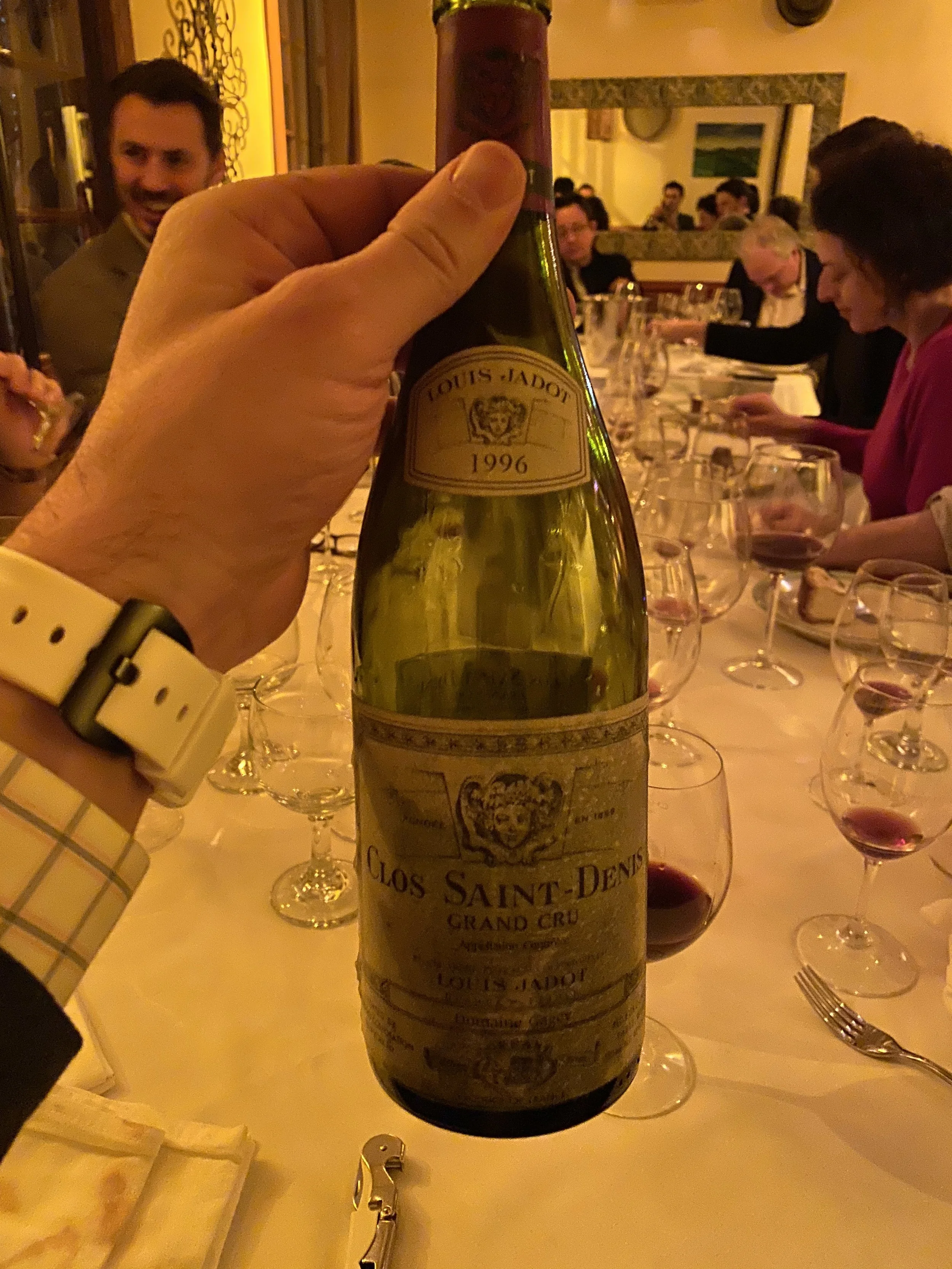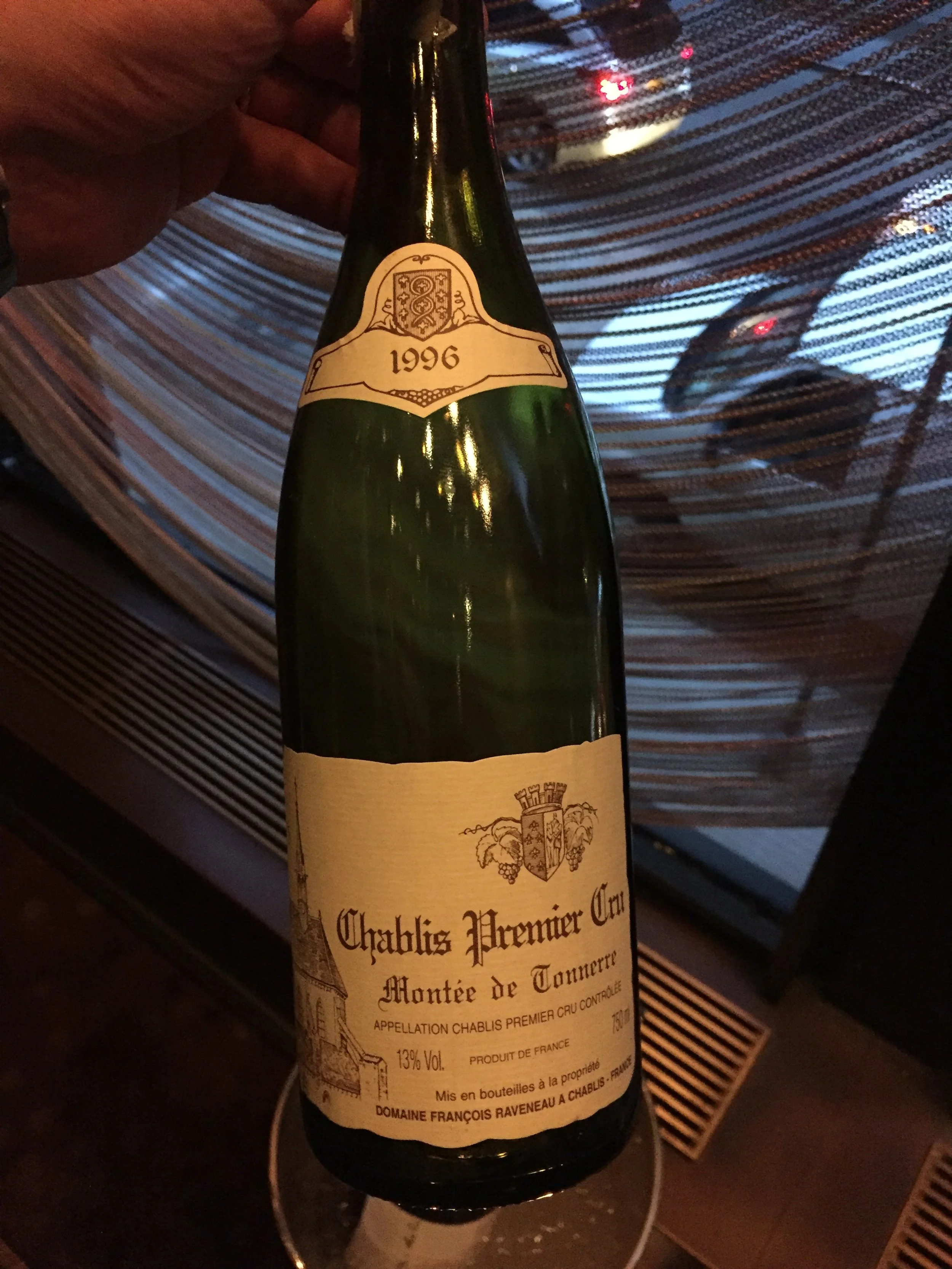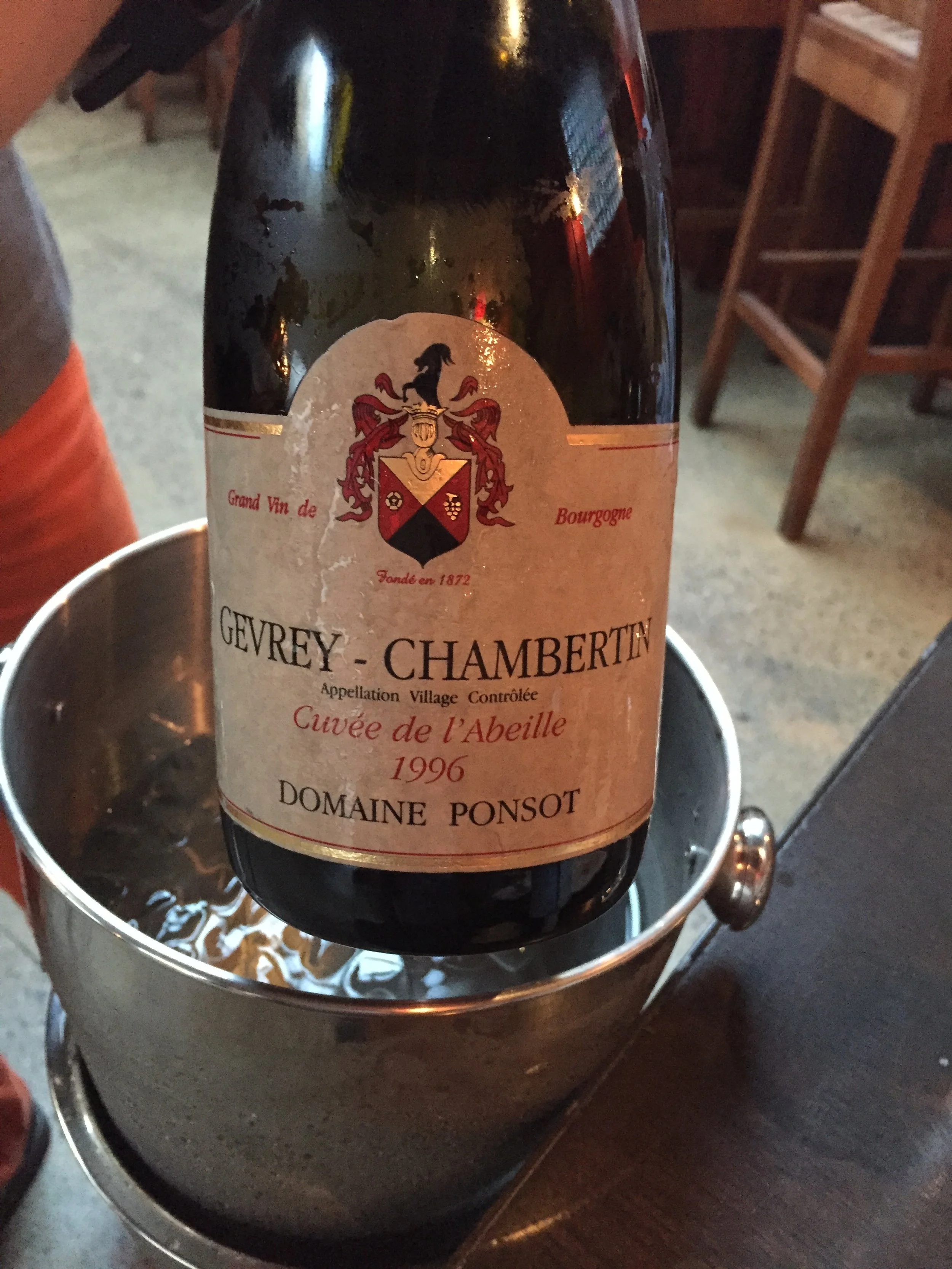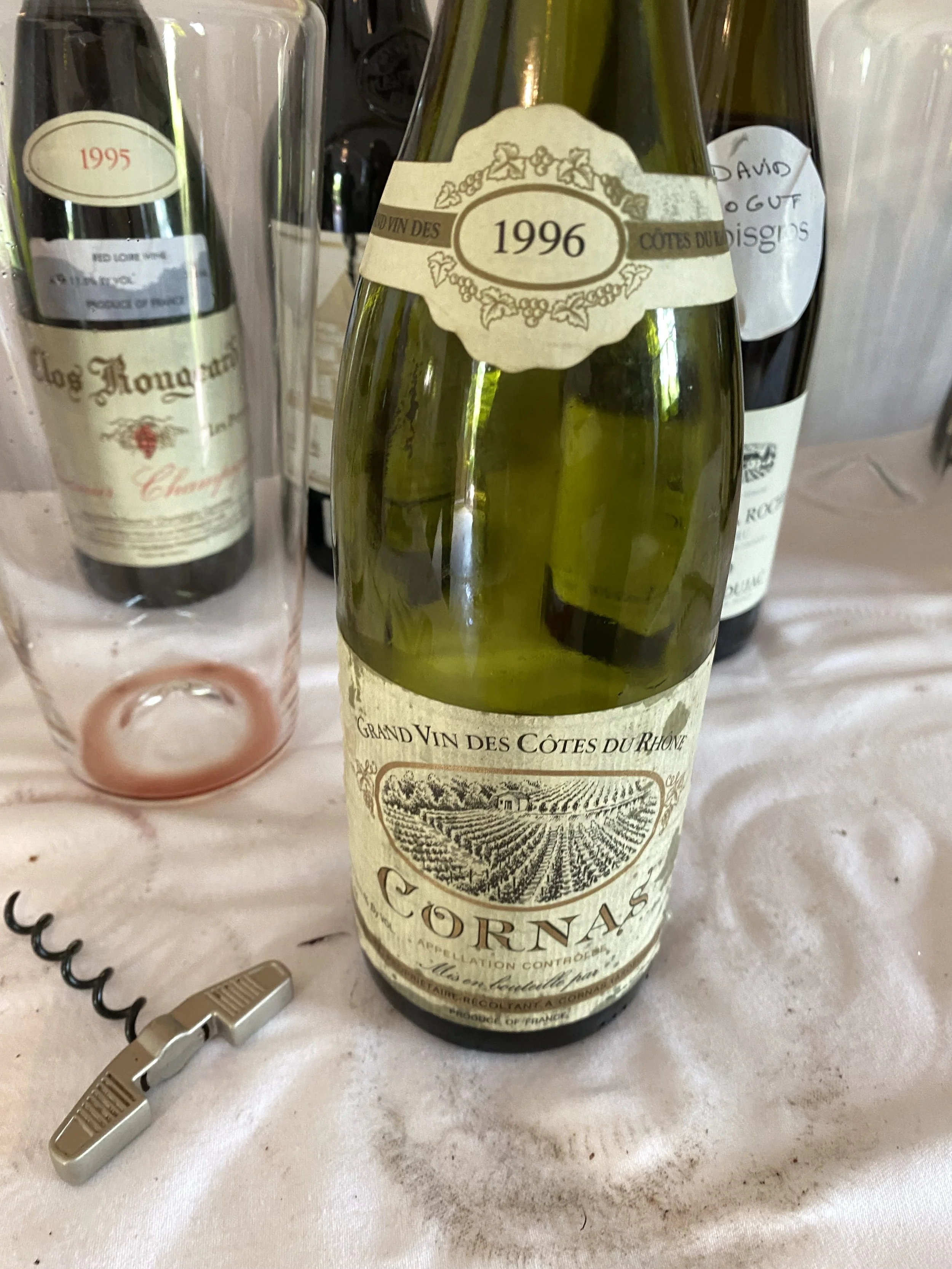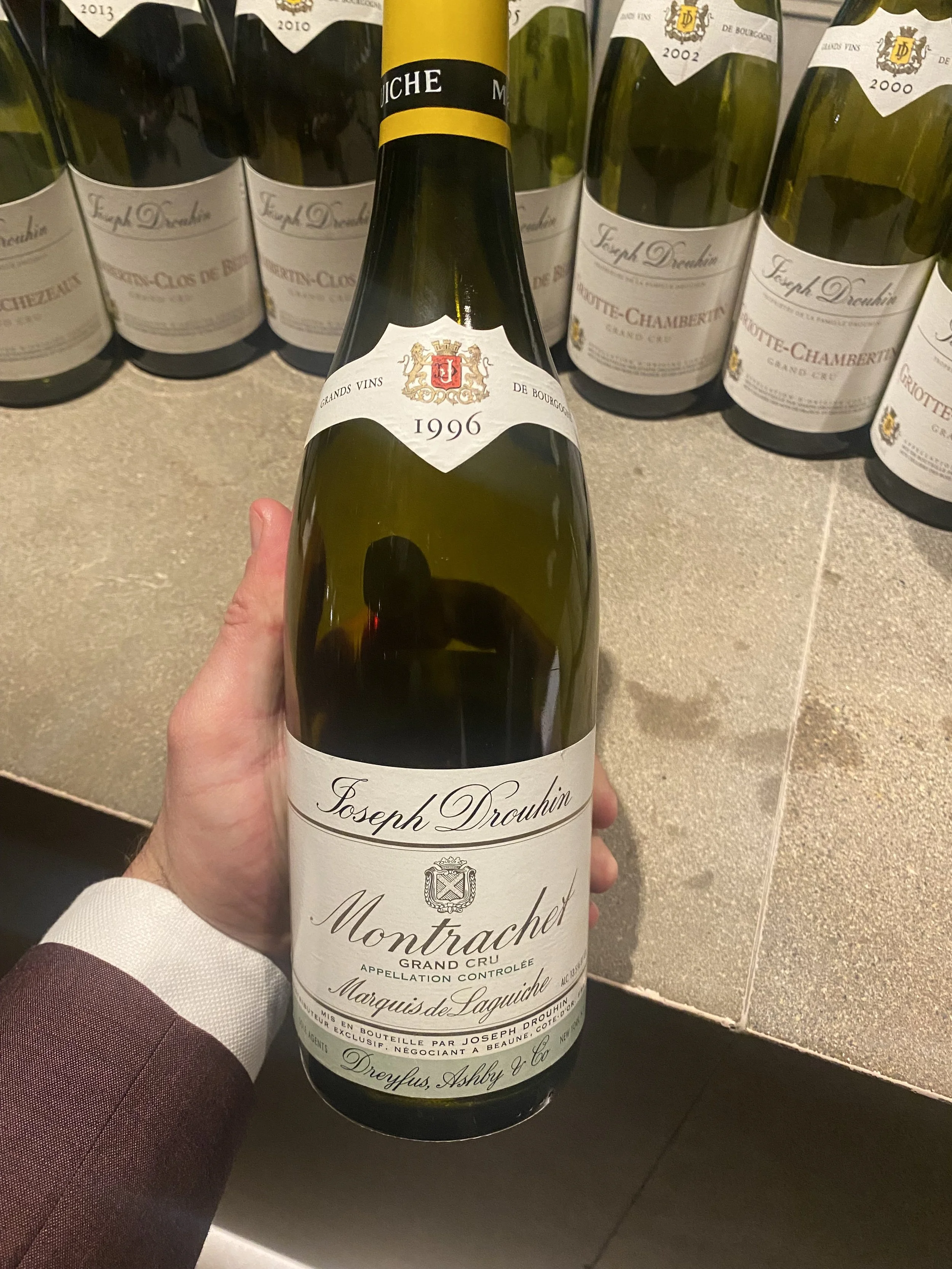1996 in champagne. what happened?
by Edouard Bourgeois
November 21, 2025
Ratings for 1996 often use words like "exceptional" and "grandiose," with some comparisons to 1928. What made 1996 objectively unique was the high average potential alcohol (10.3%) combined with high total acidity (10g/litre)—figures rarely seen together. As Charles Philipponnat noted, this is a significant jump from the 9.3% potential alcohol common forty years prior.
Acidity and potential alcohol work together for balance, but typically, when one is high, the other is low. In 1996, both figures were high. Bruno Paillard called it a 'naughty boy' vintage due to its unpredictable nature and the anxiety it caused producers while waiting for acidity levels to drop. However, the result for those with patience is "fantastic."
While acidity is key for aging, the true test is time. Over two decades later, the remaining 1996 bottles reveal which producers succeeded. The best examples are still complex and alluring, where the high acidity is balanced by a wide range of aromas, from brioche to stone fruit. Unfortunately, some other bottlings show only residual acidity, resulting in unbalanced and tart wines.
I recall opening a glorious bottle of 1996 Cristal for my son's birth seven years ago; the wine was still vibrant and charged.
Another fabulous example was made by Krug. As Olivier Krug said, "It’s a year where a good house or a good winemaker will make a good wine... It’s a tricky vintage." Other industry professionals have shared similar sentiments, noting that some vintners either opted out of making a vintage bottling or failed to achieve balance, resulting in wines that are already clumsy or tired.
The 1996 vintage often draws comparisons to its predecessor, 1995. These were the last two great Champagne vintages following the 1988, 1989, and 1990 trio. The 1996s are powerful wines; the best combine weight from ripeness with tension from acidity, providing the interest, complexity, and structure needed for long-term aging.
Interestingly, more houses released 1995 as a vintage Champagne than 1996, with a ratio of roughly 60% (1995) to 40% (1996).
Given its unpredictability, the safest bet for 1996 Champagne remains to go with producers you trust.
While looking for pictures of 1996 Champagne on my IPhone, I also found several other wines from various regions where the 1996 vintage truly shone, as seen in images below;jbgories
News from the Vineyard
by Raj Vaidya
September 23, 2020
This week, the work our friends and colleagues in Burgundy are busy with is primarily inside the cellars. During the last two weeks of August, when New York felt a great deal warmer, the harvest in Burgundy was in full swing. I thought it would be fun to share a few fun facts illustrated by this video of a sorting table and destemming machine at the Domaine Marquis d’Angerville in Volnay. Guillaume d’Angerville has mentioned to me in the past that the identity of the wines at his family’s estate has long been defined by the purity of fruit that is associated with destemming the grapes. Though he has pointed out, in his father’s days the destemming was done by hand, and so was rougher and less efficient than today. The destemmer today works quickly and quite gently, and is more precise in removing all the stems.
The resultant wines are perfumed, supple and fairly deep in color thanks to the lack of stems. In this short video, you can observe the team at d’Angerville giving the grapes a last sorting on the conveyor table (unhealthy grapes have already been sorted out while harvesting in the vineyard, so this is a second run) as they make their way to the destemmer.


